Note: this is part five of a five part series on Ole Gunnar Solskjaer and the distinctly different tactical ‘eras’ he’s had during his two years in charge of Manchester United.
Please read the introduction for more information and if you haven’t done so yet, subscribe for more of Kwest Thoughts. If you missed it, click here to start from Part I.
Period: Start of 2020-21 season - Now
Base Formation: 4-2-3-1
Most Benefitting Player: Bruno Fernandes
Second Standout Player: Marcus Rashford
Key Player: Juan Mata/Paul Pogba
After switching things up several times in his first year and a half in charge one would think that by the start of the 2020-21 season Ole Gunnar Solskjaer’s Manchester United would have a clear tactical preferred tactical set up. For the most part, they did (and still do) but this was still the island of misfit toys.
There was also the small matter of, you need a right wing to play the 4-2-3-1 and United didn’t have one. The club went after Jadon Sancho over the summer but didn’t capture his signature. At the end of the day they landed Donny van de Beek, left back Alex Telles, and striker Edinson Cavani. Depth, depth, and more depth. That’s needed, but none of those guys could play right wing.
As so, Solskjaer had to go into another season to figure out how to make all the pieces fit together. You don’t need to get the best out of each one individually, but you do need to get them to produce enough so the team isn’t relying on just one player.
If that was the only challenge heading into the season that would be difficult enough, but of course this would not be the only challenge.
This has been a season unlike any other. Everything that could have went wrong, whether it was in or out of the club’s control seemed to go wrong at the start of the season.
Thanks to Manchester United’s participation in the Europa League, Ole Gunnar Solskjaer had no preseason with his squad. When all was said and done Ole Gunnar didn’t have his full squad training together until four days before United’s first match against Crystal Palace.
Not everyone was fit to play in that match but even the ones that “were” showed up to that match not looking like a team that was anywhere near ready to play. With no preseason time to work on anything new, Solskjaer just had to go with what he knew, picking his project restart XI in the subsequent games against Brighton and Tottenham (with Eric Bailly coming in for Victor Lindelof in the latter).
Both of those games were a disaster in their own way. United were outplayed against Brighton and were lucky to come away with a win. They were then destroyed 6-1 by Tottenham in a match that very much deserved the scoreline it got. Every flaw that United had was being exposed.
Not having a preseason really put United behind the eight ball. While everyone else was up to speed they were still trying to gain their match fitness. These were real games, and therefore the results were putting Solskjaer back under pressure, but it turns out United just needed some games to get their legs back. Once they got them, they were ready to turn things around.
United conceded 12 goals from their first three games. Fixing the defense was priority number one. Paul Pogba and Nemanja Matic’s form was awful and suddenly United couldn’t rely on their two best midfielders from the year before. Out they went and in came Scott McTominay and Fred.
The #McFred pivot is functional, but lacks creativity. In 2019-20 they started 11 Premier League matches as the pivot in a 4-2-3-1 and won just five of them. Their inability to move the ball up the pitch quickly was a big reason why.
The pair’s propensity to play lateral balls (when playing together before lockdown Fred had 4.19 progressive passes per 90, McTominay had 3.19) allowed defenses to get settled and slowed things down tremendously.
Often defenses would allow Harry Maguire and Victor Lindelof to walk the ball up the pitch, which just gave them ample time to contract and eliminate the space in behind, which meant United wound up on top of each other in a very small area. It’s very easy to defend.
The lack of creativity puts much more pressure on the front four to provide creativity. United have a massive upgrade in Bruno Fernandes over Andreas Pereira but there was still that pesky little right wing area.
Dan James is only effective when he has space to run in behind. Mason Greenwood has always been a finisher and not someone who contributes much in terms of buildup play or creativity. It didn’t take long for teams to realize this and learn how to shut him down (by having their whole defense collapse on him in the box) completely nullifying his presence.
As if things weren’t bad enough, Anthony Martial got a straight red card in the 6-1 loss to Tottenham, knocking him out of United’s next three Premier League games. Edinson Cavani wasn’t ready to start games yet. Suddenly United were devoid of attacking and midfield options.
Martial’s suspension, attempting to hide the lack of a right wing, and general rotation in the Champions League (as every manager ever has done) created a six week period where United never looked even remotely like the same side two games in a row.
It was chaotic, hectic.
They struggled for consistency and it made it rather difficult to really see what they were overall trying to do.
However, if you strip out the Champions League games - which featured a lot of matchup based tactics - and focus just on the league, the picture suddenly becomes a lot clearer.
In October it was all about stabilizing the defense, which meant turning to a midfield pivot of McTominay and Fred. Those two guys provide energy and are a nuisance to play against, but they don’t provide you with ball progression or creativity.
A means to negate that was putting Juan Mata on the right wing - not as a traditional winger but as almost a third midfielder who drops deep to help progress the ball.
That left a front three of Bruno, Marcus Rashford, and Daniel James, which wasn’t going to be putting in goals unless they could get Rashford running in behind.
If they couldn’t get him in behind, then it was basically on Bruno to do it all himself. With Mata (and Donny van de Beek against Southampton) in there helping with the ball progression, Bruno was able to become a goal hunter rather than a playmaker. From mid October through the end of November Bruno’s non-penalty goal tally doubled his assists four to two.
Bruno was carrying the team on his back but this wasn’t sustainable. If you ask him to do this week after week he’d tire out, but more importantly, if he’s doing it all himself and he has an off game - like he did against Chelsea or Arsenal (or Istanbul in the Champions League) - then United had no chance of winning.
Ole Gunnar’s United have always been a counter attacking side. Not a sit deep, absorb pressure, and go on full field counter attacks, but more of a transition based side. Whenever and wherever you win the ball back, look to get in behind immediately. As United found out last year that strategy won’t work if teams just sit deep and don’t give you any space to run in behind.
This season, instead of focusing on figuring out how to unlock a deep sitting defense, Solskjaer has focused on trying to create space in behind a team that wants to sit deep.
OGS’s solution was to (further) scale back United’s press and create a mid-block press. Instead of pressing high up the pitch (and tiring his players out even more than this grueling schedule already is), United encouraged teams to advance the ball to midfield or just past it.
The defense wouldn’t drop deep, keeping a small distance between the back four and the front forwards making things very compact.
To get them there, United would give the illusion of a press, pushing the front four of the 4-2-3-1 all the way high, but they wouldn’t actually put on a lot of pressure. The forwards were high but leaving the midfield and defense a bit further back. This discouraged opponents from trying to play long balls in behind the press, and instead try to play through it.
That’s exactly what United want you do, as once teams were able to push their midfielders and defenders up to midfield they’d go to work to launch their press.
The game against Leeds provided some great examples of this.
Rashford gets over to the left wing but doesn’t apply pressure. Only after Leeds pass the ball to midfield do Fred and Shaw push up to apply pressure, creating a turnover and allowing Bruno to run at their defense.
This lead to the first goal. Later in the first half you saw it again. As soon as Leeds got the ball over the midfield, Fred starts pressuring them, with Dan James playing an active role in getting back to win the ball back and start a break.
That of course lead to Fred running in transition for United which lead to a goal.
Admittedly, Leeds isn’t the best example as their man-marking pressing system was always going to leave space to run in behind them. But Leeds aren’t the only team United have done this to. The mid-block press has also managed to create these transitions against Newcastle, the second half of West Ham, Aston Villa, and Sheffield United. All teams United dropped points against the year before.
The Red Devils had 60 percent possession against Sheffield United recently. A team that doesn’t concede space in behind. Those numbers were the norm when facing smaller sides last year only this time United’s mid-block managed to encourage the Blades to push up enough that Marcus Rashford was able to spend all day running in behind.
When Rashford finally timed his run right he scored. United would add another goal in this game on the counter attack.
A massive boost for Solskjaer has been the return to form of Paul Pogba. The Frenchman’s passing ability and gravity has been massive in both creating space and easing the burden for Bruno Fernandes. When Pogba’s not on the pitch, Fernandes has become a goal hunter but with Pogba on the pitch he reverts to being more of a playmaker. (I personally think he might be better as a goal hunter but playing that way will cause him to exert far more energy).
Furthermore, recently Paul Pogba has developed a reputation to not being ‘press resistant.’ This was likely brought on by the mistake he made against Southampton last season but in reality it’s far more of a myth than fact. Nevertheless when Pogba is on the pitch, teams are going after him and pressing him more than any of United’s other midfielders.
That’s something that’s pretty welcomed by United (and Pogba), as more defenders pushing up to press him just gives him more space to pass, and more space for Bruno Fernandes to facilitate the attack. It’s a big reason why lately United are getting far more runs in behind when Pogba and Nemanja Matic are the midfield pair, rather than McTominay and Fred.
It shouldn’t come as a surprise that the space Pogba creates, plus his passing ability, has completely unlocked Marcus Rashford. Despite Pogba only directly assisting one of Rashford’s goals this year, it’s not a coincidence that the forward has taken off when Pogba’s on the pitch this year.
Over the last few weeks it’s become imperative to have Pogba on the pitch. Given his defensive liabilities and Nemanja Matic’s minutes limitations, Solskjaer has lately fallen into a rotation alternating between a Pogba-Matic pivot with Mason Greenwood on the right wing, and the #McFred pivot with Rashford moving over to the right, and Pogba coming on the left in a more 4-2-3-1/4-2-2-2 hybrid shape.
Being able to run in behind was something that just didn’t happen when United played teams that sat deep last season. The mid-block press has done wonders in solving that problem along with keeping Pogba’s passing ability on the pitch. By loosely pushing their forwards up but leaving the defenders back, United are encouraging their opponents to actually play football against them - and it’s no surprise United are then winning.
United have played six games this season where they have had 55 percent or more of the possession. They’ve won five of them, with the lone loss coming in their opening game against Crystal Palace (which falls into the stretch of games that shouldn’t be read into).
Their struggles this season have been against the big teams (Chelsea, City, PSG) who have simply played much more conservatively and challenged the McTominay-Fred pair to beat them (that pair gets pressed less than any other United midfield combination), which they typically struggle to do given their lack of passing ability.
Ole Gunnar Solskjaer has always wanted to play quick attacking football at Manchester United. Injuries and circumstance have forced him to come up with different ways to go about it but this is his identity.
The mid-block press is the latest wrinkle but I’m sure we’re not done. Eventually he’ll sign an actual right winger and things will evolve again. An injury to the wrong player could cause further changes in the more immediate future.
Whatever it is, we’ve got enough evidence to say it’s likely he’ll figure out a way to combat whatever cards he’s dealt.

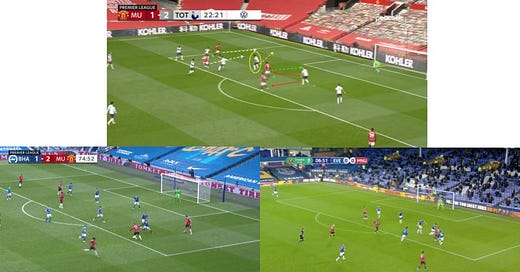


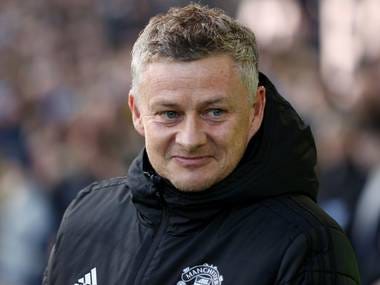

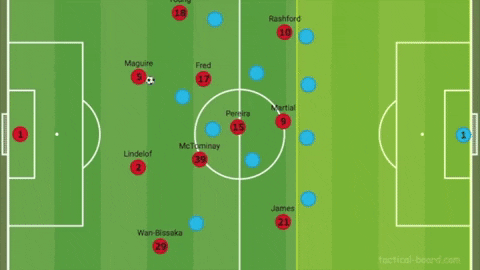


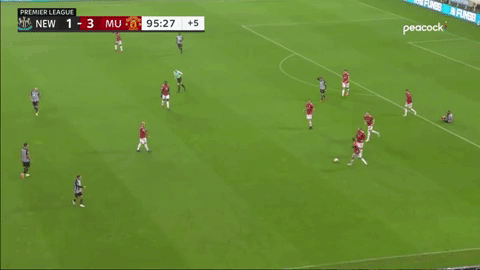
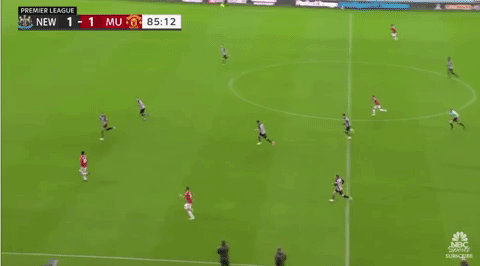


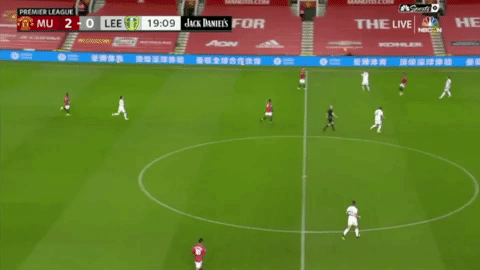
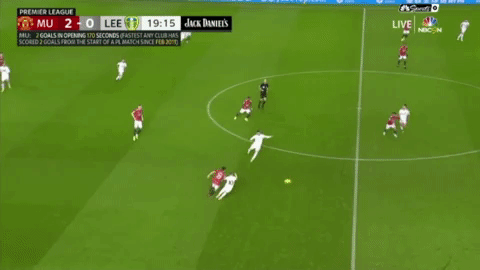

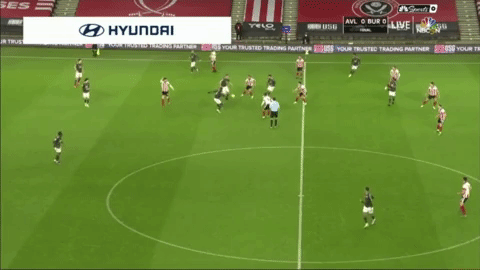
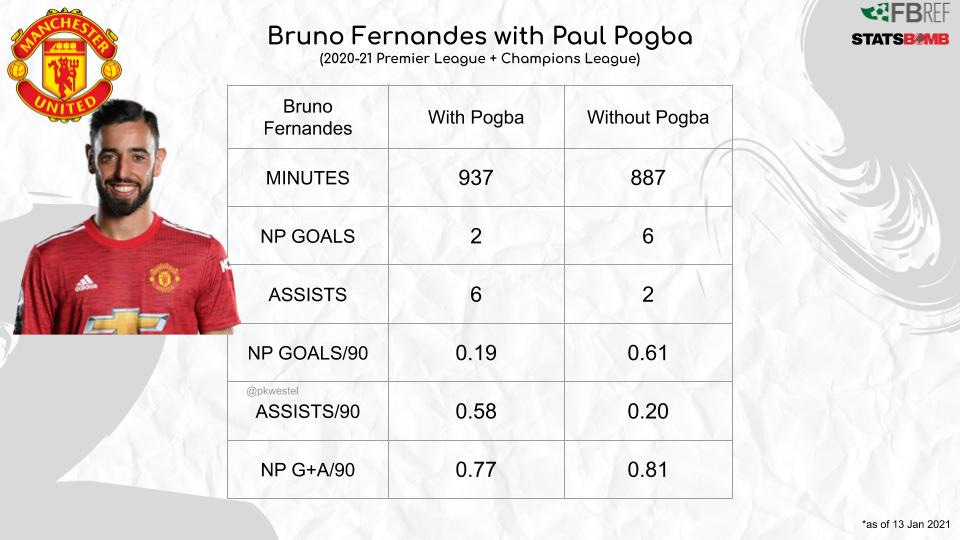

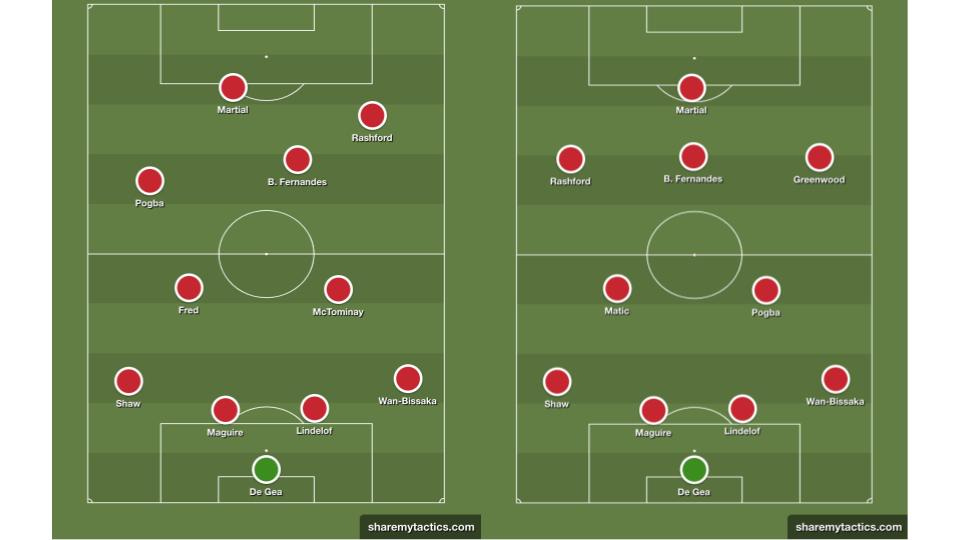
Read all the 5 parts in one go, they were so well articulated and interesting to read. Great work mate, keep going!
Goddamn it Kwest this is such a beautiful series of articles! keep it up!